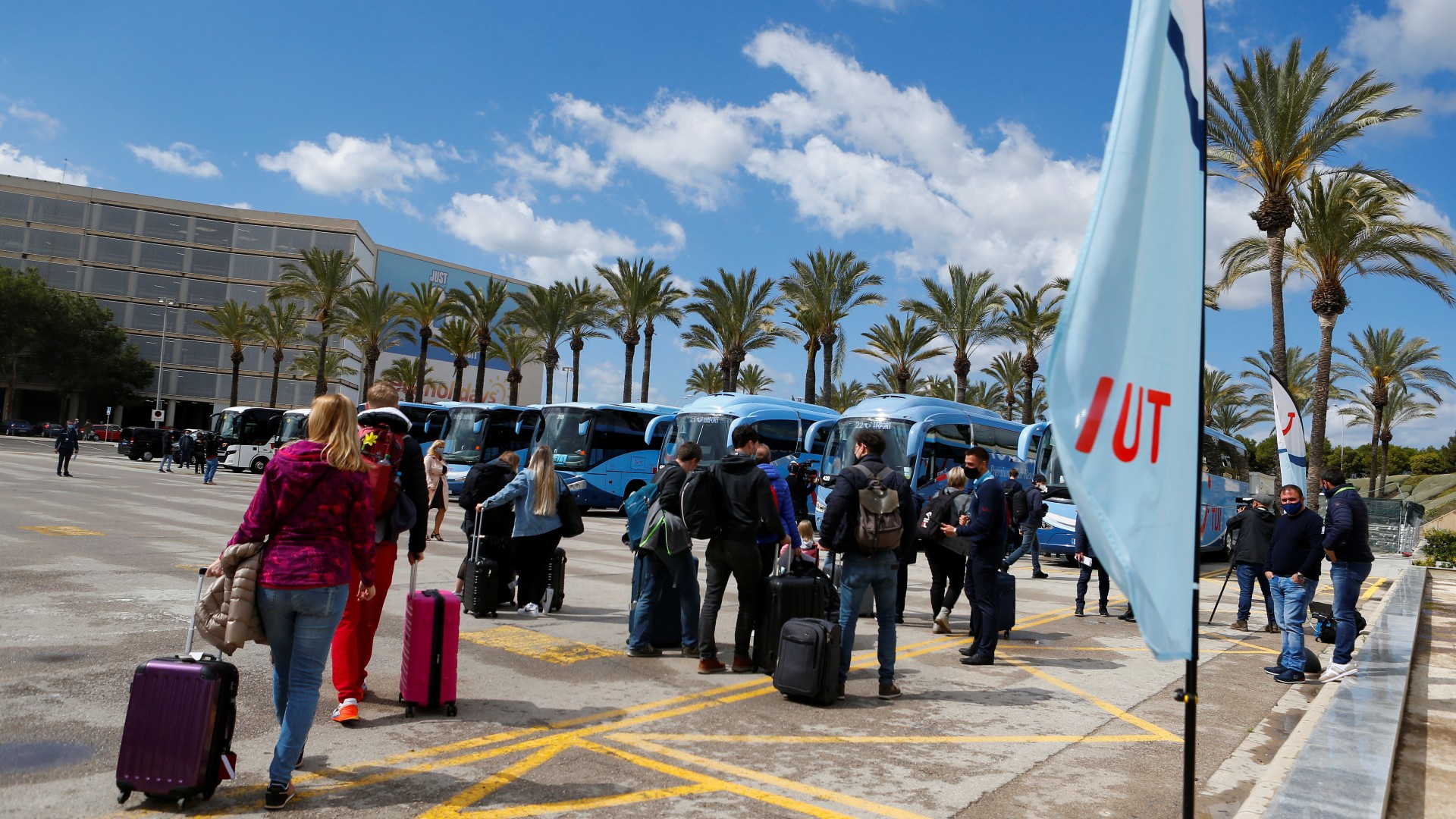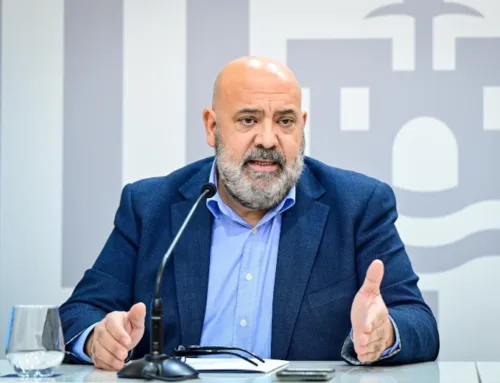In January, Spain recovered 60% of the international tourists who arrived in the same month of 2020, in the pre-pandemic stage. The nearly 2.5 million foreign visitors are more than five times the number of foreign tourists in January 2021, while the total expenditure invested grows by 561.7% compared to a year ago.
The Minister of Industry, Commerce and Tourism, María Reyes Maroto, assessed that the “January data confirm that the impact of the Ómicron variant on tourism has been less than expected, although it has slowed down the pace of recovery.”
Waiting to see how the war in Ukraine may affect tourist flows in the coming months, Maroto stressed that the government “is working on finding alternatives to a possible absence of Russian tourists this high season in our destinations most exposed to this market, such as is the case of Catalonia”.
Last week, hoteliers in Mallorca expressed their concern about the progress of the conflict between Russia and Ukraine. “We deeply regret that Russia has declared war on Ukraine in the first place due to the human and social cost of a military conflict and we trust that there will be a firm response from the European Union and the allied countries that will stop the conflict as soon as possible.
It is evident, and it has already been seen in some stock markets, that it will have important economic effects and consequences that even today cannot be estimated but that will weigh down the economic recovery”, consider the head of FEHM, María Frontera.
United Kingdom, main market
Unlike what happened in 2021, this year starts with the United Kingdom as the first issuing market, thanks to the relaxation of health requirements to travel between the two countries. The 363,150 tourists who visited Spain in January represent an increase of 1,461.3% compared to the same month last year. France and Germany are the following countries with the most tourists visiting Spain. France contributes 347,955 (195.6% more in annual rate) and Germany 282,280 (452.2% more).
Canary Islands, first destination
The Canary Islands is the main arrival destination, with 759,765 international tourists (30.6% of the total), followed by Catalonia, with 463,661 tourists (18.6% of the total) and Andalusia, with 323,896 tourists (13%). The tourists who travel to the Canary Islands are fundamentally British and German; to Catalonia, French and from other European countries and to Andalusia, British and Dutch.
More average spending and longer trips than before the pandemic
Both the average spending per tourist and the average length of stay for tourists in January exceed pre-pandemic levels. Thus, the average expenditure per tourist stands at 1,217 euros compared to 1,155 euros in January 2020.
And the average stay lasts up to 9.9 days, when two years ago it was 8 days. The total expenditure made by international tourists visiting Spain in January reached 3,027 million euros, which represents 63% of the levels of January 2020.
The United Kingdom, Germany and the group of Nordic countries represent the main countries in terms of at the spending level. The autonomous communities with the greatest weight in tourist spending in January are the Canary Islands (with 37.3% of the total), Catalonia (14.4%) and the Community of Madrid (12.7%).

German tourists arrive in Mallorca. Photo: TUI.







Leave A Comment